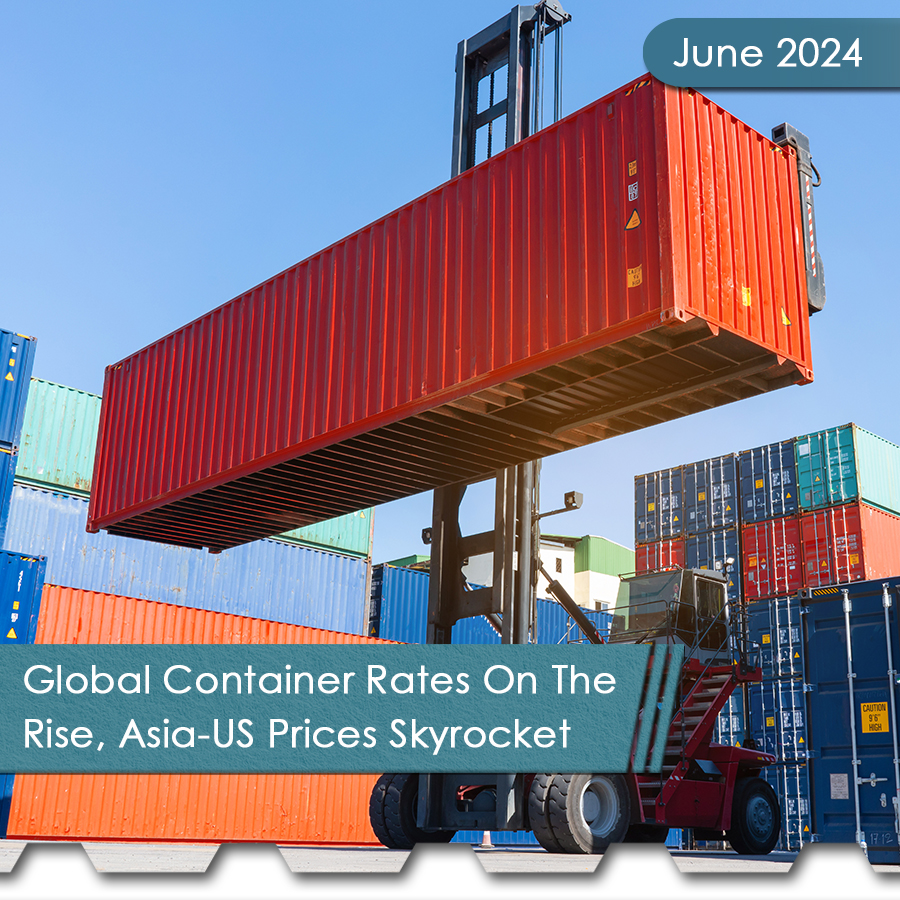A variety of factors drives the specialty chemical market and chemical industry as a whole. Material availability, price fluctuations, geopolitical issues on a local and global scale and more, all contribute to cost changes, either for or against profitability. However, all potential hiccups to a production timeline are at the mercy of the transportation & logistics industry, one that accounts for 10 cents of every dollar in the U.S. economy (Donald Broughton / MSN).
The first half of 2018 saw unprecedented changes across the logistics industry. The average age of truck drivers continues to sit around the age of retirement, approximately 65 years old, an age that continues to skew older as ELD mandates are fully enacted, and today’s millennials choose not to enter the logistics marketplace. This tightness is clearly reflected in the rising cost of dry van trucking, raising the spot price from $1.41 in 2014 to $1.85 per mile in 2018 (MSN).
As of April 1, 2018, ELD Mandates proposed and enacted by the Federal Motor Carrier Safety Administration (FMCSA) officially went into effect, meaning drivers found out of compliance may be ticketed, and placed out of service until their trucks comply. Acutely opposed to significant industry changes, many older drivers have chosen to retire or find other work rather than submit to a new way of working, an issue that continues to push drivers out of the market faster than they are coming in.
Unforeseen and unprecedented shortages of OTR (over-the-road) freight options has pushed capacity onto railroad transportation, a medium that saw 6.5% growth in March 2018 compared to the same period in 2017. While railroad may be a savior for particular products or transportation lanes, it is a slower mode of transport, and often requires much further advanced planning and processing, which some shippers aren’t able to provide.
Nearly all goods manufactured, produced and/or sold in the United States are aboard a truck or rail car at some point in their lifespans, whether as early-on raw materials or as last steps before reaching end consumers. In many situations, and especially in the specialty chemical market, goods are moved multiple times as they go from raw materials to usable pieces or portions of final, consumer-ready products.
No industry or product category is exempt from these assumptions, whether it is produce, children’s toys, technology, agricultural or farming product or quite literally, anything else one might see in a shopping mall, industry wholesaler, or grocery store.
A comment from Donald Broughton of Broughton Capital published in a recent report on MSN stated, “Logistics and transportation account for almost 10 cents of every dollar in the U.S. economy. If there is a 10 percent increase in transportation costs, that gives you a 1 percent increase in inflation for the broader economy. That’s real.”
The logistics market is accustomed to tightening and easing market conditions like weather, seasons, seasonal product demand, and available truckers fluctuate. The current major issues in today’s freight market, however, don’t appear to be tightening market conditions. The market seems to be entering the new norm of the logistics industry for what will likely be years to come.
References
www.MSN.com






